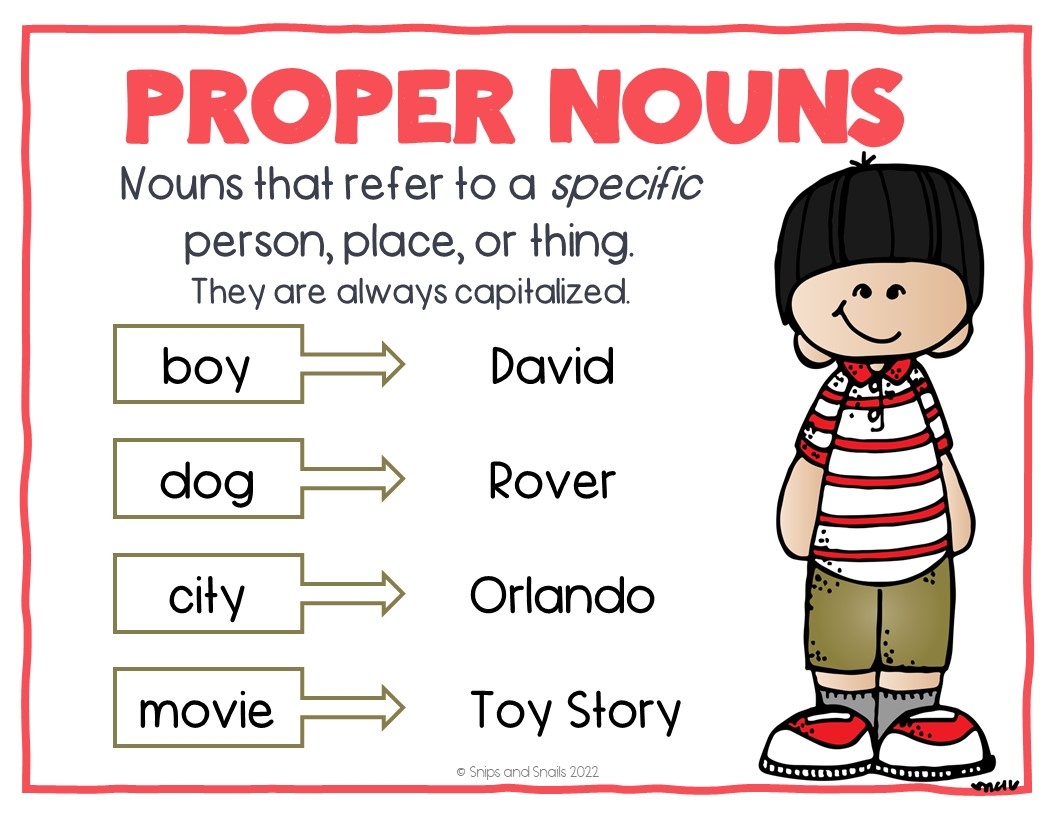When it comes to understanding the English language, one of the first concepts we learn is the difference between common and proper nouns. Nouns are essential parts of speech that help us identify people, places, things, and ideas. Common nouns refer to general categories, while proper nouns specify unique individuals, specific locations, or particular things. It’s important to grasp this distinction to communicate effectively in written and spoken language.
As we delve deeper into the nuances of common and proper nouns, it’s crucial to recognize how they are used in various contexts, including PDF documents. PDFs are widely used for sharing information, and understanding common vs proper nouns in this format can enhance reading comprehension and document organization.
Common vs Proper Nouns PDF
In PDF documents, common nouns are typically used to refer to general entities or concepts. For example, words like “dog,” “city,” or “book” are common nouns that do not require capitalization unless they begin a sentence. On the other hand, proper nouns such as “Rover,” “New York City,” or “Harry Potter” are specific names that always start with a capital letter.
Proper nouns in PDFs help to identify unique references and distinguish them from general terms. When reading a PDF, spotting proper nouns can provide crucial information about specific individuals, places, or things mentioned in the document. This clarity enhances the overall understanding and navigation of the content.
Moreover, proper nouns add precision and accuracy to the information conveyed in PDFs. By using the correct names of people, companies, products, or locations, readers can easily locate and identify relevant details within the document. Proper nouns also contribute to the professionalism and credibility of the content presented in PDF format.
Understanding the role of common and proper nouns in PDFs is essential for effective communication and document comprehension. By recognizing and utilizing these distinctions, readers can extract valuable information, identify key details, and navigate through the text with clarity and precision.
In conclusion, mastering the difference between common and proper nouns in PDF documents is fundamental for effective communication and document organization. By applying this knowledge, readers can enhance their reading comprehension, identify specific references, and improve the overall clarity and professionalism of written content.
